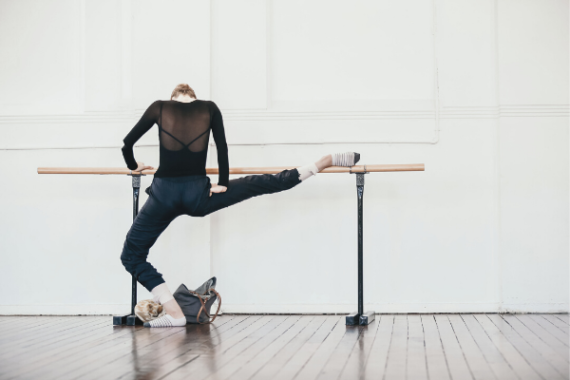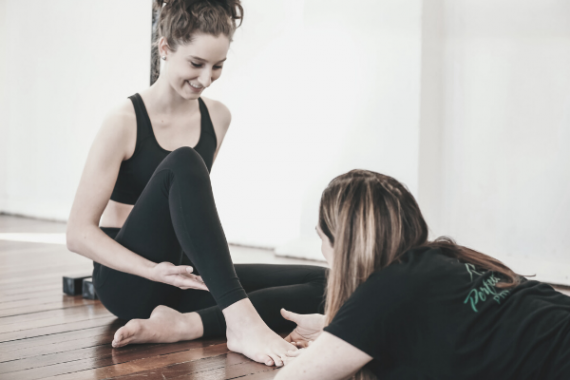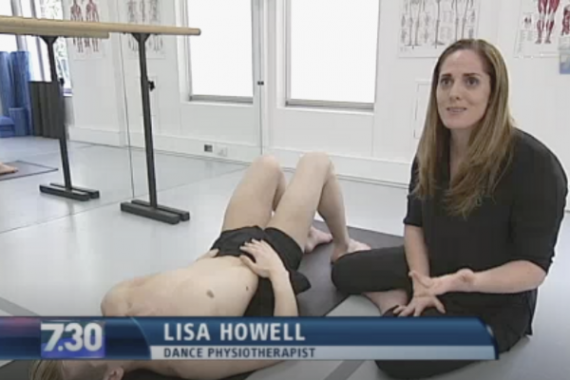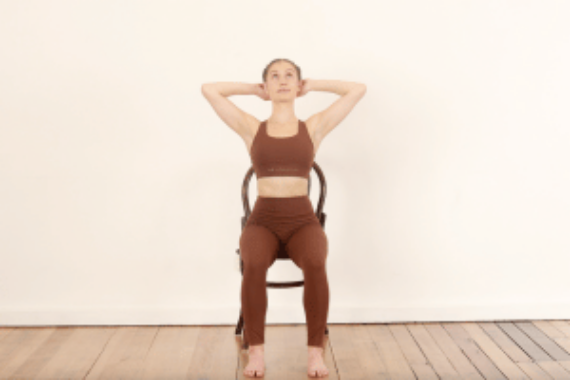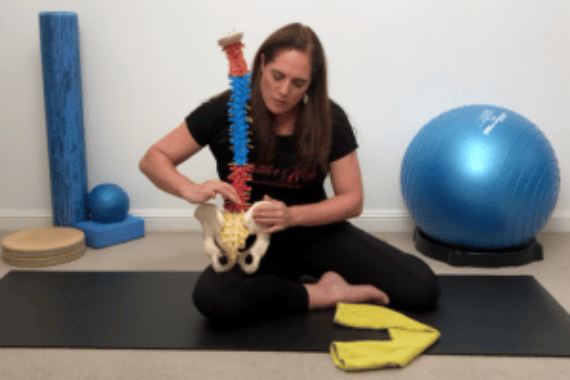Is it Normal for a Dancer's Body to Crack and Pop?
Hi Lisa,
I’ve watched all of your videos and they work wonderfully!
I am a dancer in the US and was wondering whether it is normal for a dancers body to crack and pop? I’ve been dancing for almost 14 years now. I am currently training in ballet, pointe, tap, jazz, hip hop, modern and acrobatics. I am competing in dance as well as participating as an active member and choreographer of my high schools dance team. I also teach swimming and dance classes for young children and co-teach dance at my studio.
I love dance; it’s my passion.
My question to you is about stretching. Now, my body cracks and pops a lot. My wrists, knees, ankles, toes, back, neck, shoulders etc. However, I was concerned when my hips started to pop out. When I asked one of my teachers about it she said that I was fine. When I felt pain with it, my concern grew. Is it normal for a dancer’s body to crack and pop?
LovelyDancer92
Dear LovelyDancer92,
Thank you for your letter, and rest assured that it is a common question from students who do a lot of dancing, especially those that are quite mobile. However, the answer depends on what you define as “normal”.
Yes, a lot of dancers click and pop, but this does not mean that it is good for your body. The various clicks, pops, cracks, clunks, squeaking and grinding noises that emerge from our joints (especially in the mornings) can have many and varied causes. Sometimes it is due to a tendon that is too tight flicking over another one, or pressure releasing from a joint. It can also be due to rough or broken cartilage in a joint, or inflamed tissues being rubbed together.
Usually, a noise will indicate that something in your technique is making something in your body too tight or too loose. It is much better to correct the technique while it is still at the noisy stage, rather than wait for the pain to develop. A repeatable click will usually turn into a painful one if repeated often enough. This is especially true if you crack your back on a regular basis.
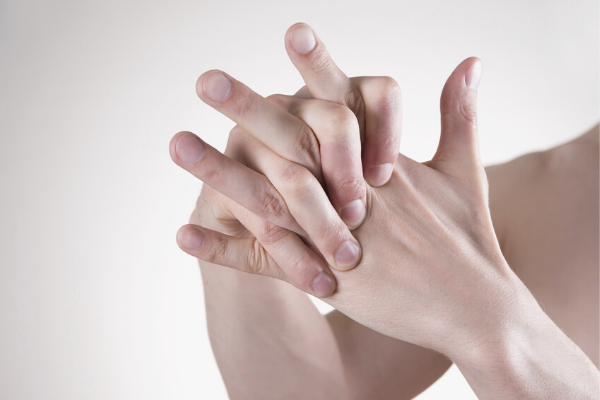
As a fellow floppy bodied person (with hypermobile ligaments) I used to crack my back religiously. Once I started Physiotherapy and learnt how to manipulate spines, I would get my friends to do it often. It always felt great at the time, but before long I started getting bad pain in my back that would not go away no matter how many times I cracked it.The problem was that all of the cracking was making my already stretchy ligaments more stretchy! This makes the low back quite unstable and can lead to lots of pain.
I have now learnt how to properly stabilize my low back using the deep small stabilizing muscles of the tummy and back and my back is fine, however; if I get lazy with them, and sit in a bad position, before long I will want to crack my back again.
The trick to effectively stabilizing your joints is to learn how to activate all of the deep muscles that surround a joint to stabilize it so that all of the big muscles over top can relax until they are required for movement. If the big movement muscles are gripping on all of the time they get tight and thickened and start to crack or flick over other muscles and tendons.
I have created a video showing you how to begin to isolate your deep tummy muscles to start this process.
Another cause of cracking, especially around the hips, is if you are not controlling the movement from where it really should come from. This is especially true in a retire. Many girls overuse the muscle at the front of the hip (TFL – Tensor Fasciae Latae) rather than controlling the movement from their deep turnout muscles, resulting in overuse of the TFL. This can lead to pain and clicking in the front of the hips.
Keep posted for new videos that will show you how to do this! So the basic rule of thumb is – If it clicks, check your technique. Stretch out the offending muscle and seek advice from an experienced teacher for fine-tuning your performance of the basics.
I hope this helps you and all of the other dancers out there who are concerned about their clicking!
Happy Dancing!
Lisa
Core Resources
If you are looking to delve deeper into this topic, check out the following programs:
- A New Approach to Core Stability: This program approaches Core Stability training in a completely new way. Using a simple visual chart comprising of 5 different positions (Lying, Side Lying, 4 Point, Sitting and Standing) and 5 different grades, you can work your way through the entire program at your own pace, layering levels of stability to achieve ultimate dynamic control of the spine and pelvis.
- Level One Dance Teacher and Therapist Training: This unique course covers a multitude of assessment and treatment techniques to individualise a dancer's training. With special focuses on Postural Control, Core Stability, Flexibility, Basic Classical Technique, The Dancers Hip, Allegro, Spinal Mobility and Arabesques, it is suitable for anyone working closely with dancers.



